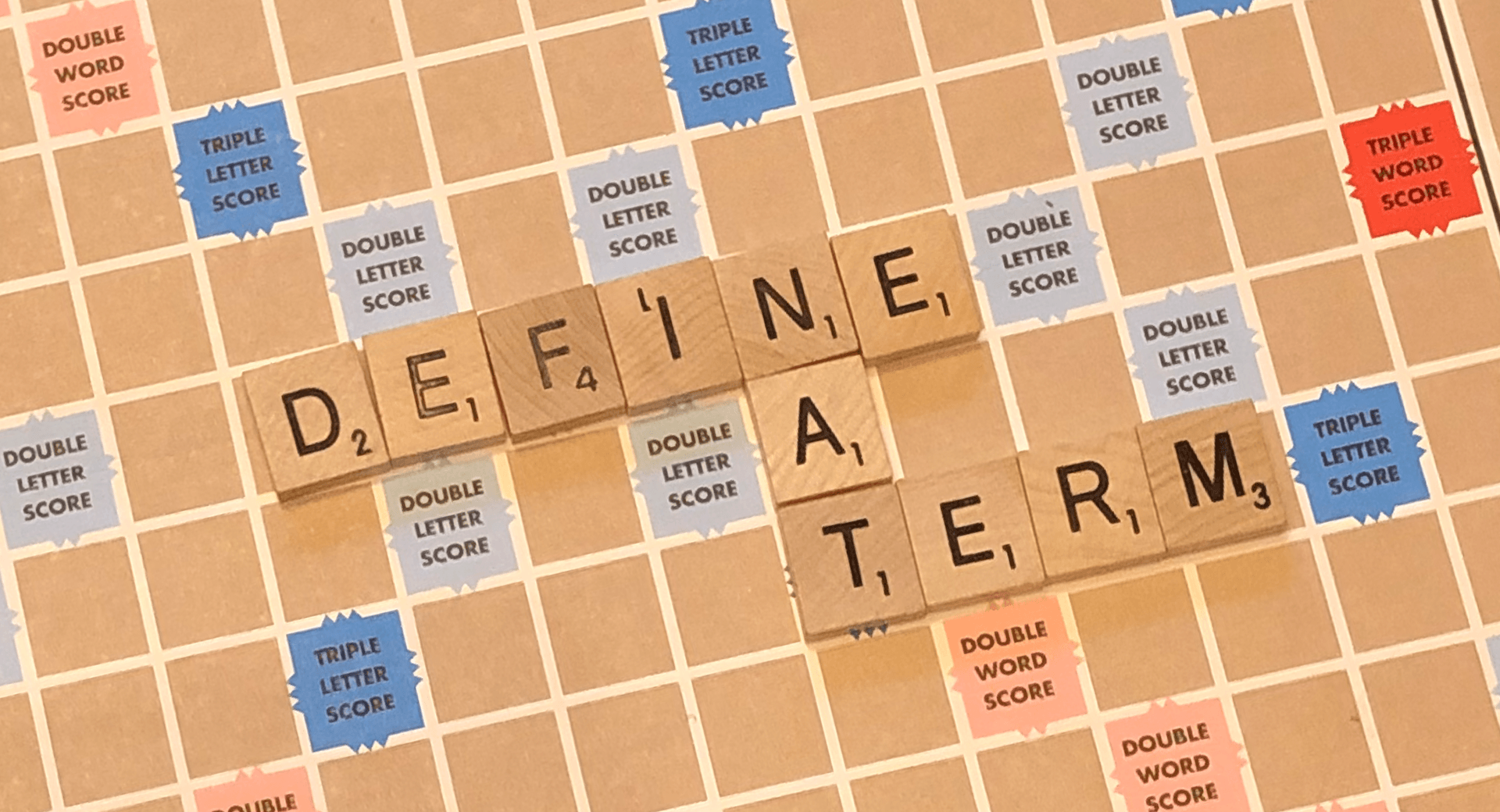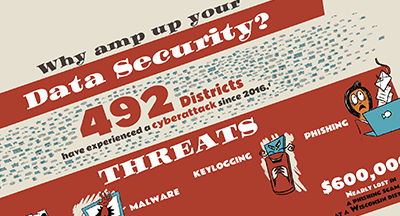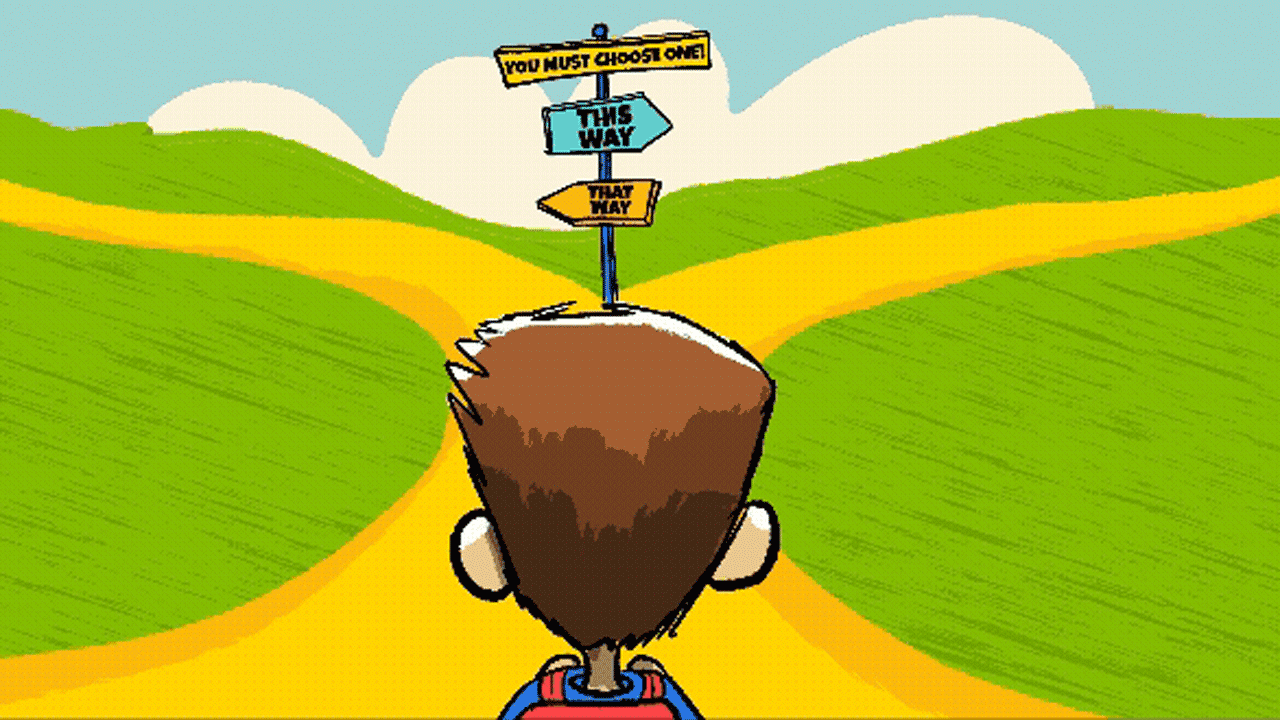
What is edtech, really?
The term “edtech,” a shortening of “educational technology” refers to any technology used inside the classroom throughout K-12 education. This umbrella term covers both hardware and software, including computers, tablets, or whole-classroom devices like digital whiteboards, along with the apps, digital learning materials, or learning management systems that run on them. The goal of edtech is to facilitate learning for as many users as possible in order to increase educational outcomes and performance.Everyday edtech in schools
Hardware
Edtech hardware ranges from the very simple to the very complex. At the elementary level, this could be interactive touchscreen tables or small robotic toys that help teach coding skills to young children. At more complex levels, edtech hardware includes intricate machines such as CAD workstations and 3D printers. One of the more common implementations of edtech hardware are the one-to-one initiatives for giving each student in a school or district their own laptop or tablet for school and home use.Software
Software for edtech can be easier for districts to acquire compared to hardware, considering how many free apps and programs are available for use. This also makes it easier for teachers themselves to integrate edtech into their classrooms. Like hardware, edtech software encompasses a broad spectrum of products, from district-wide student information systems (SIS) that handle millions of points of data, to online flashcards to help students study for a test.The pros and cons of edtech
Don’t get sucked into black-and-white thinking about technology in the classroom—there is a lot to consider for both the good and bad of edtech.Pros:
Meets learning needs: Not only is technology adaptive for students with learning difficulties and disabilities, but it can be tailored to suit the learning styles for all types of students.Unifies systems for faculty: administrative software (like SIS platforms) creates a space where student performance, discipline reports, family communication and more is centrally located for teachers and faculty. With this tech, the school doesn’t always have to go hunting for information—it’s at their fingertips.
Fills gaps in knowledge: Edtech will never replace teachers. On the contrary, technology works best as a supplementary resource for students to do more practice, dive deeper into a subject, or test their knowledge beyond the classroom. Edtech can still be useful while riding backseat to traditional learning.
Raises interest in well-equipped districts: high-tech schools can be a big draw for prospective families, especially if there is total transparency about how devices and software are being used to promote learning achievement.
Drawbacks:
Cha-ching: Technology can be costly, even prohibitively expensive, for districts that are already straining their budgets on necessities.Digital disparity: For the 19 million Americans that lack reliable internet service at home, technology as a requirement for learning can leave a wide gap between these students and their peers.
Limited oversight: Since it’s always what’s new and next in the world of edtech, most programs don’t have long-term data on effectiveness. It’s hard to tell if the tech is helping or harming learning.
Digital dependency: When information is always a click away, critical thinking and problem solving skills can deteriorate. When the tech isn’t available, students might be stuck at a standstill.
What’s next for edtech?:
One constant about edtech is that it is always changing and progressing. These are trends in edtech that could be the next big thing to hit the classroom:BYOD
“Bring your own device” is already making its way into schools, but could see a surge in the coming years. BYOD is built on the idea that the technology students already own (those dreaded smartphones!) can be leveraged for learning to decrease the costs of purchasing new devices for each student, which makes the school an “anytime, anywhere, any device” school.Global collaborative learning
The world is the most connected it has ever been, so why are students still learning in small classroom bubbles? Global collaborative learning is just that: students across the world collaborating virtually to broaden education and worldviews for both sides.Augmented Reality (AR)
AR programs can make traditional learning more hands-on and visual by overlaying images, sounds, videos, and graphics within the environment. A student who struggles with math could use this technology to see shapes or graphs as 3D objects to manipulate in space, rather than just numbers on a page.Students as creators
In this case, “creators” has several different meanings. First, the maker movement is an educational ideology that harnesses the natural impulse of humans to create anything, and puts time and tech in students’ hands to facilitate that. Otherwise, students-as-creators also means that, with the help of technology, they learn by creating the curriculum learning materials themselves, rather than just taking a passive approach.The bottom line
Since “edtech” is such a broad concept, it’s okay to not be an expert on every single device, program, or app on the market—it’s impossible. What’s important to know is that edtech isn’t a cure-all. A strong and effective educational foundation must already exist for there to be effective educational technology.WHAT'S NEXT FOR YOUR EDTECH? The right combo of tools & support retains staff and serves students better. We'd love to help. Visit skyward.com/get-started to learn more.

|
Lindsey Canny Edtech Thought Leader |
Lindsey Canny is a marketing copywriter for Skyward, Inc., a school administration software provider based in Stevens Point, WI. Prior to working at Skyward, Lindsey spent eight years teaching 9th and 10th grade English within the Stevens Point community. Outside of work she enjoys reading books and spending time with her husband and cat.




